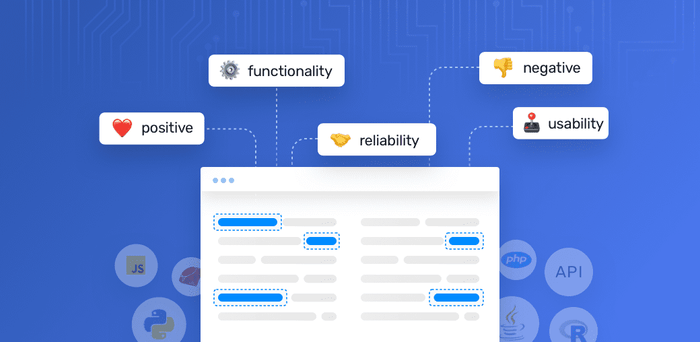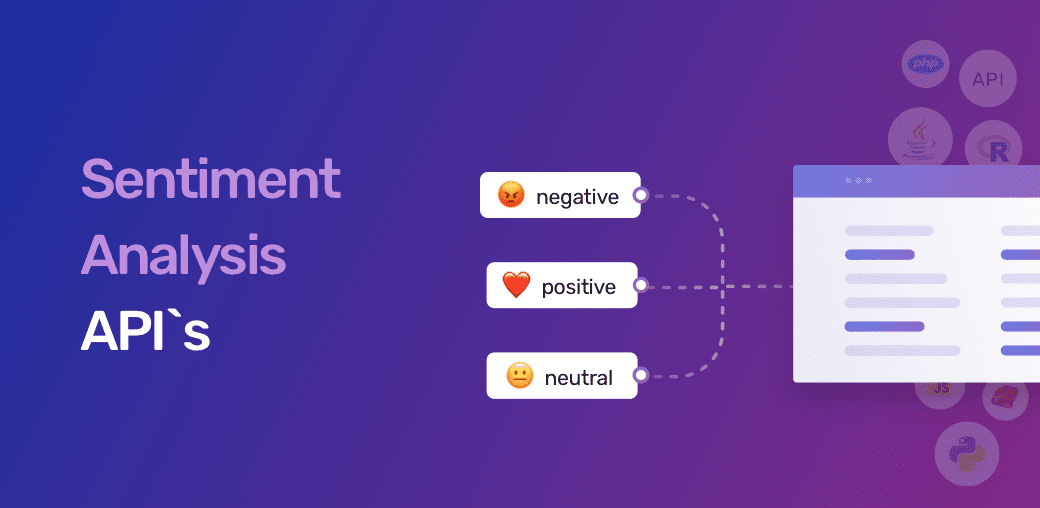In today’s digital age, where information flows ceaselessly through the vast expanse of the internet, understanding the sentiments hidden within the text has become an essential tool for businesses, researchers, and individuals alike. Welcome to the world of sentiment analysis, where the fusion of technology and language empowers us to decipher the emotional undertones in textual content. In this article, we will embark on a journey to explore the intricacies of sentiment analysis, its applications, methodologies, and the impact it has on various domains.
Introduction to Sentiment Analysis

At its core, sentiment analytics is the process of determining the emotional tone conveyed by a piece of text, whether it’s positive, negative, or neutral. It has evolved from a niche research area to a critical tool that organizations leverage to make informed decisions. The ability to gauge public opinion, and customer satisfaction, and even predict market trends gives sentiment analysis a pivotal role in today’s data-driven landscape.
The Significance of Sentiment Analysis
Imagine being able to analyze the sentiments of thousands of product reviews in seconds or understanding the overall sentiment of a social media post. Sentiment analytics equips us with the power to distill vast amounts of textual data into actionable insights. Businesses can fine-tune their strategies, researchers can analyze public perception, and individuals can gain deeper insights into the emotions of others.
How Sentiment Analysis Works
1. Preprocessing Text Data
Before diving into sentiment analytics, the text data must undergo preprocessing. This involves tasks such as tokenization, removing stop words, and stemming, which help in transforming raw text into structured input for analysis.
2. Lexicon-Based Analysis
One approach to sentiment analytics is lexicon-based analysis, where words are assigned sentiment scores. The cumulative score of words in a text determines its overall sentiment. While this method is efficient, it may struggle with nuances and context.
3. Machine Learning Approaches
Machine learning algorithms have revolutionized sentiment analytics by enabling computers to learn and adapt from data. Techniques like Naïve Bayes, Support Vector Machines, and Recurrent Neural Networks have shown remarkable accuracy in classifying sentiments.
Applications of Sentiment Analysis
1. Business and Marketing Insights
Businesses leverage sentiment analytics to gain insights into customer opinions, helping them refine products and marketing strategies for better customer engagement and increased sales.
2. Customer Feedback Analysis
Sentiment analytics aids in extracting valuable information from customer feedback, enabling companies to address issues promptly and enhance customer satisfaction.
3. Social Media Monitoring
By analyzing social media posts, sentiment analysis provides a pulse on public sentiment towards various topics, helping organizations tailor their communication and PR efforts.
4. Brand Reputation Management
Sentiment analytics plays a vital role in monitoring brand perception, allowing companies to safeguard their reputation by addressing negative sentiment promptly.
Challenges
Despite its advancements, sentiment analytics faces challenges that arise from the complexity of human language.
1. Contextual Understanding
Language is rife with context-dependent meanings, making it challenging for sentiment analysis models to accurately interpret phrases without a proper contextual understanding.
2. Sarcasm and Irony Detection
Detecting sarcasm and irony requires a deep understanding of cultural nuances, which current sentiment analysis models often struggle with.
3. Multilingual Analysis
The diverse languages and cultural nuances across the globe pose a significant challenge for sentiment analysis, as each language may have unique sentiment expressions.
Advancements in Social Media Sentiment Analysis
1. Deep Learning Techniques
Deep learning models, such as Convolutional Neural Networks (CNNs) and Transformers, have enhanced sentiment analysis by capturing intricate patterns and contextual information.
2. Aspect-Based Sentiment Analytics
This approach delves deeper by analyzing sentiments toward specific aspects of a text, providing more granular insights, especially beneficial for product and service reviews.
3. Real-Time Sentiment Analysis
With the advent of real-time sentiment analysis, organizations can monitor and respond promptly to emerging sentiments, enabling agile decision-making.
Ethical Considerations
As with any technology, sentiment analytics comes with ethical considerations that need careful attention.
1. Privacy Concerns
Analyzing personal texts for sentiment can raise privacy concerns, emphasizing the need for responsible data handling and consent.
2. Bias and Fairness
Sentiment analytics models can inherit biases present in training data, leading to unfair judgments. Ensuring fairness and minimizing bias is an ongoing challenge.
Future Prospects and Trends
The future of sentiment analytics holds exciting possibilities. With advancements in natural language understanding and the integration of domain-specific knowledge, sentiment analytics is poised to become even more accurate and insightful.
Conclusion
Sentiment analytics has transformed the way we perceive and interact with textual data. Its applications span across industries, providing invaluable insights into the emotional landscape of human expression. As technology continues to evolve, sentiment analytics will remain a cornerstone in deciphering the sentiments behind the words we use.
Ready to harness the power of sentiment analysis for your business? Request a demo from AIM Technologies today and discover how our cutting-edge solutions can elevate your decision-making process.
FAQs
What is sentiment analytics?
- Sentiment analytics is the process of determining the emotional tone conveyed by a piece of text, whether it’s positive, negative, or neutral.
What are the applications of sentiment analytics?
- Sentiment analytics is applied to business insights, customer feedback analysis, social media monitoring, and brand reputation management.
How does sentiment analytics work?
- Sentiment analytics can be done through lexicon-based analysis, where words are assigned sentiment scores, or using machine learning algorithms that learn from data.
What are the challenges in sentiment analytics?
- Challenges include contextual understanding, sarcasm detection, and handling multilingual analysis.
What does the future hold for sentiment analytics?
- The future of sentiment analytics includes advancements in deep learning, aspect-based analysis, and real-time monitoring, making it more accurate and insightful than ever before.




